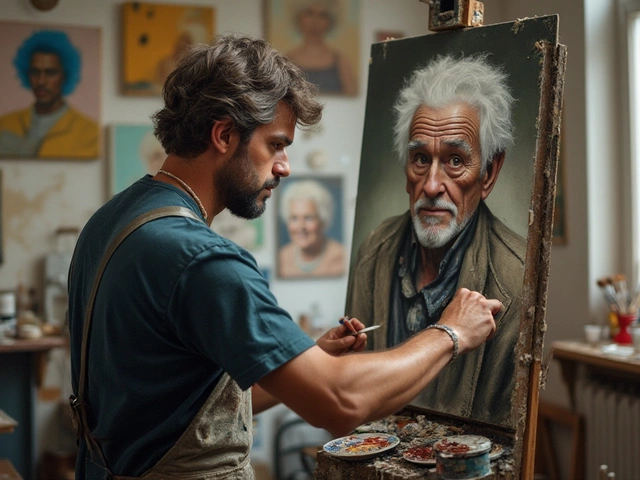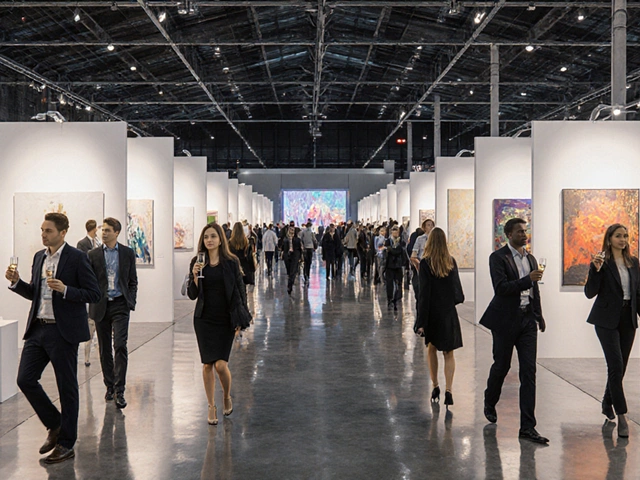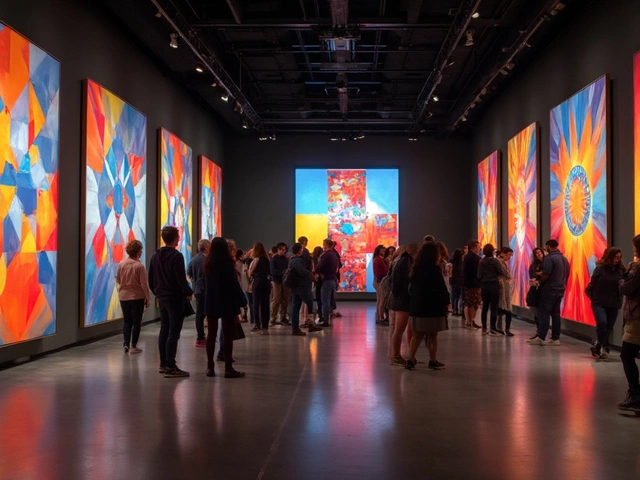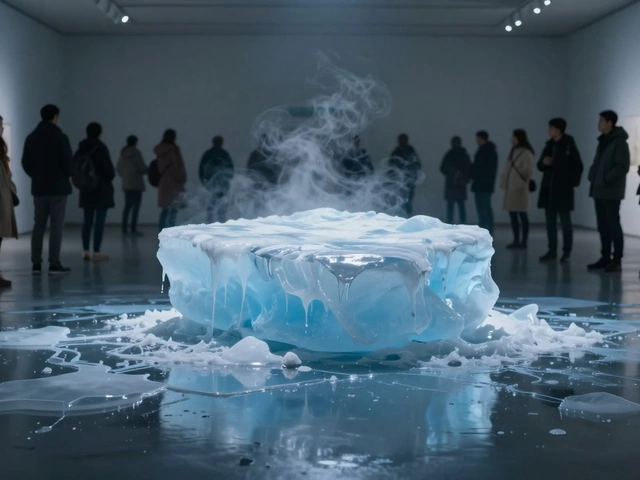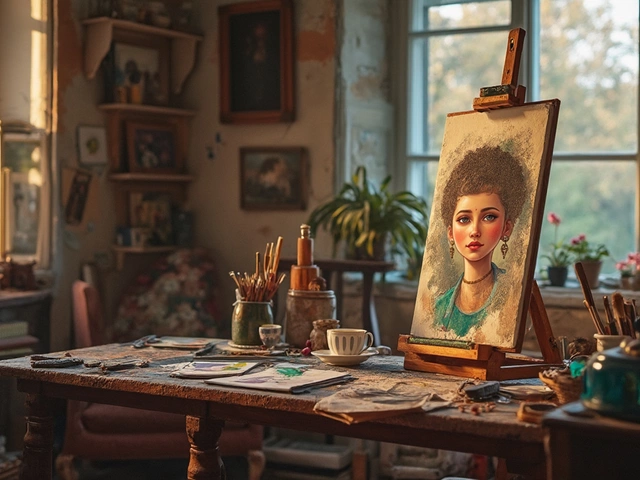Art and Culture
When exploring Art and Culture, the shared practices, expressions, and experiences that shape societies through visual, performing, and literary works. Also known as cultural arts, it connects communities and fuels creativity. One vibrant branch is Modern Art, works created from the late 19th century onward that break traditional rules, which often overlaps with Contemporary Art, art produced in the present day reflecting current issues and global dialogues. Another key form is Abstract Art, non‑representational work that prioritizes color, shape, and emotion over realistic depiction. Finally, Sculpting, the physical shaping of materials like stone, metal, or clay into three‑dimensional forms offers a tactile counterpart to digital 3D modeling. In short, Art and Culture encompasses modern, contemporary, abstract, and sculptural practices, each pushing boundaries in its own way.
How These Forms Interact and Why They Matter
Modern Art requires an understanding of historical context; knowing the shift from Impressionism to Cubism helps you read a painting’s intent. Contemporary Art, on the other hand, demands awareness of current events—politics, climate, technology—because its meaning often changes with the news cycle. Abstract Art influences both by stripping away subject matter, forcing viewers to rely on personal feelings, which in turn shapes how artists approach narrative in modern works. Sculpting influences 3D modeling because the manual handling of weight, balance, and texture teaches principles that software can only simulate. These relationships form a web: Art and Culture encompasses each form, each form requires specific knowledge, and each influences the next, creating a dynamic learning loop for creators and fans alike.
For anyone who loves to visit galleries in Pembrokeshire, attend workshops, or simply scroll through online portfolios, knowing these connections saves time and deepens appreciation. You’ll recognize why a local gallery might pair a contemporary installation with an abstract painting, or why a sculpting class references digital tools. The posts below break down these topics further—some give you step‑by‑step ways to judge modern pieces, others compare the hands‑on challenges of sculpting versus 3D modeling, and a few explore the allure of abstract expression. Whether you’re a beginner trying to name what you see or an experienced collector looking for fresh insights, the collection offers practical advice that you can apply right away.
Now that you’ve got a clear picture of how modern, contemporary, abstract, and sculptural arts fit inside the larger world of Art and Culture, dive into the articles below. You’ll find concrete examples, actionable tips, and fresh perspectives that turn vague curiosity into real understanding.
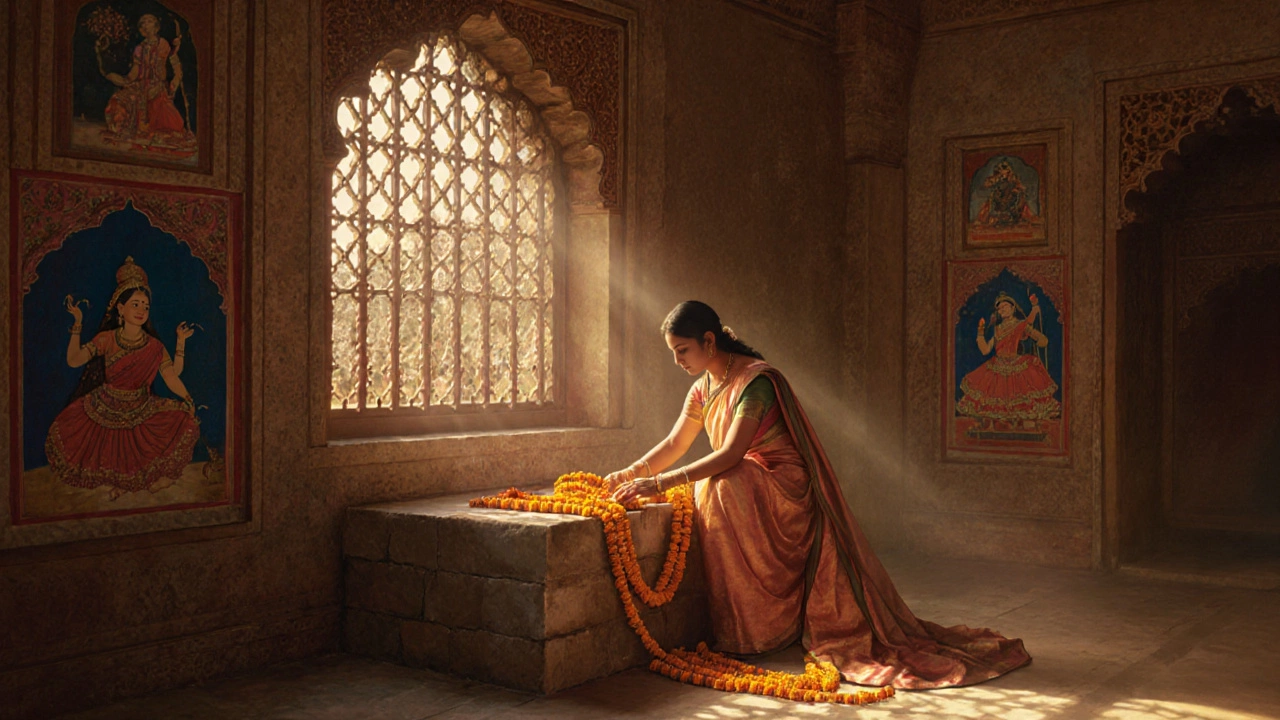
The 63 arts are ancient Indian skills that blended daily life with creativity-from singing and painting to arranging flowers and whispering love notes. Still practiced in pockets today, they offer a quiet counter to modern speed.

Do any Broadway shows ban kids? Get the 2025 facts on age limits, mature-content productions, and how to verify policies before you book.
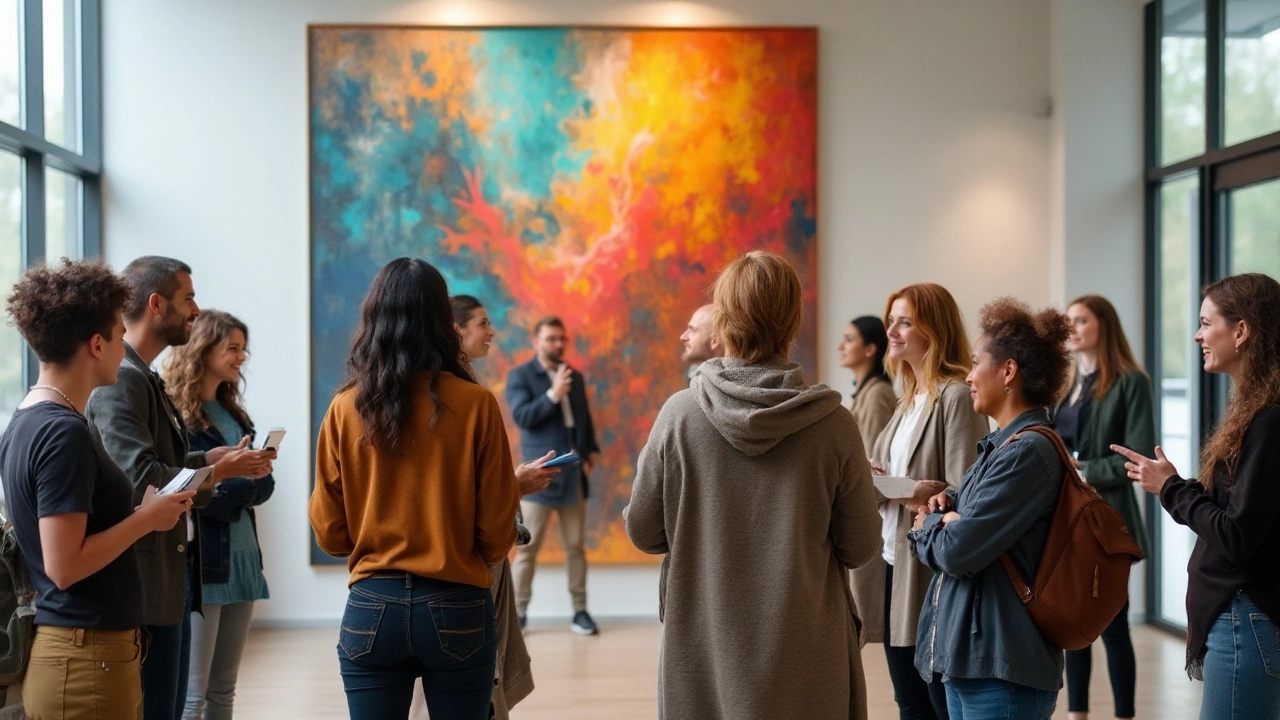
Modern art can often be perplexing, leaving many to wonder how to discern its value. By understanding its context, techniques, historical influences, and personal connections, one can develop a more refined appreciation. Explore strategies that demystify modern art and allow for a meaningful critique of various works.
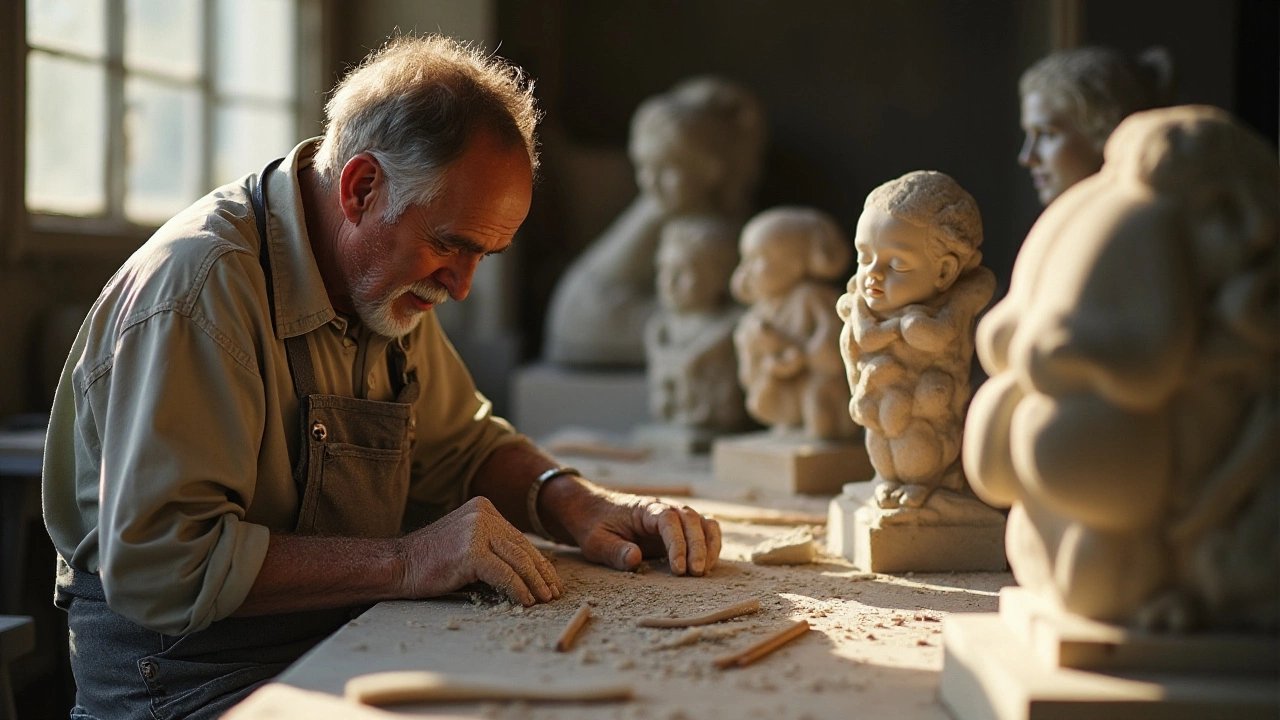
Sculpting and 3D modeling both demand creative skills, but the nature of these skills differs significantly between the two art forms. While sculpting involves a tactile, hands-on approach with physical materials, 3D modeling relies on digital tools and technology. Each art form presents its own unique challenges, with sculptors dealing with physical constraints and modelers navigating the intricacies of software. Understanding the core processes and techniques can help determine the more challenging art form for different individuals.
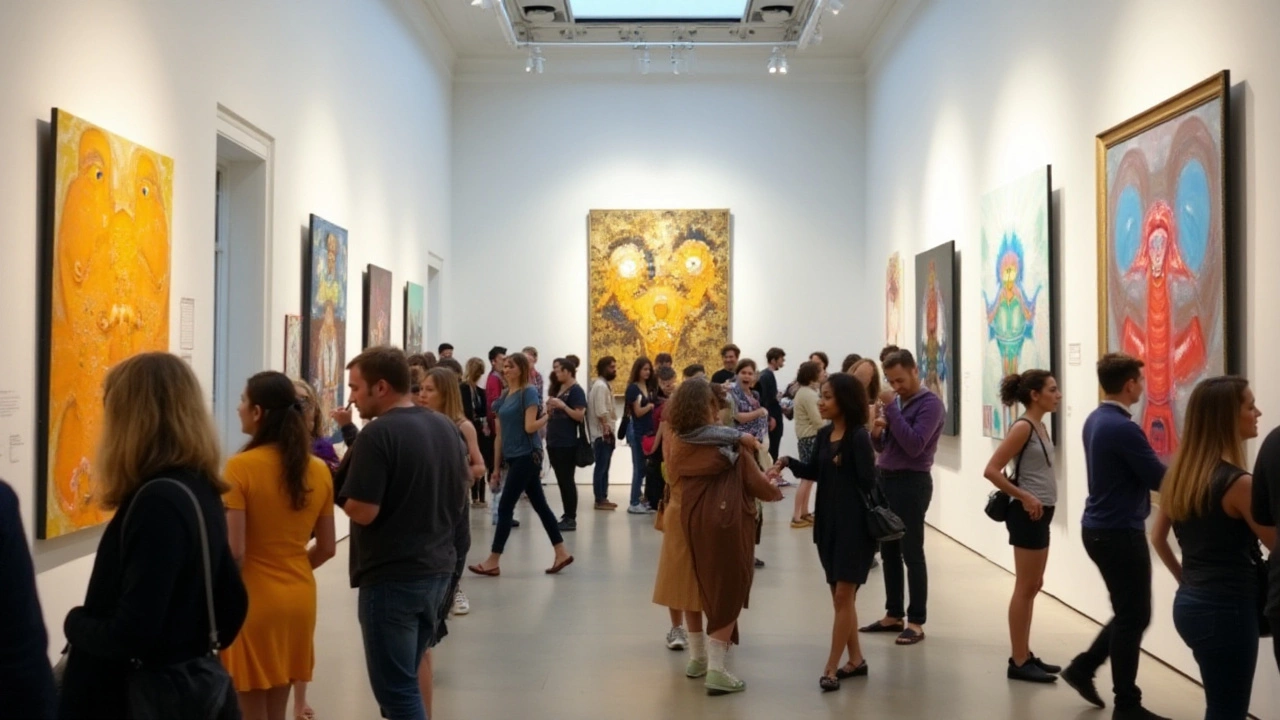
Contemporary art is a dynamic and ever-changing aspect of the art world, characterized by its response to modern life and global events. By seeking meaning within the complexities of the current era, it challenges traditional boundaries and embraces innovation. This form of art encapsulates a variety of styles and mediums, pushing the viewer to question and reflect. Through this article, we delve into what contemporary art represents and why it remains relevant in today’s society.
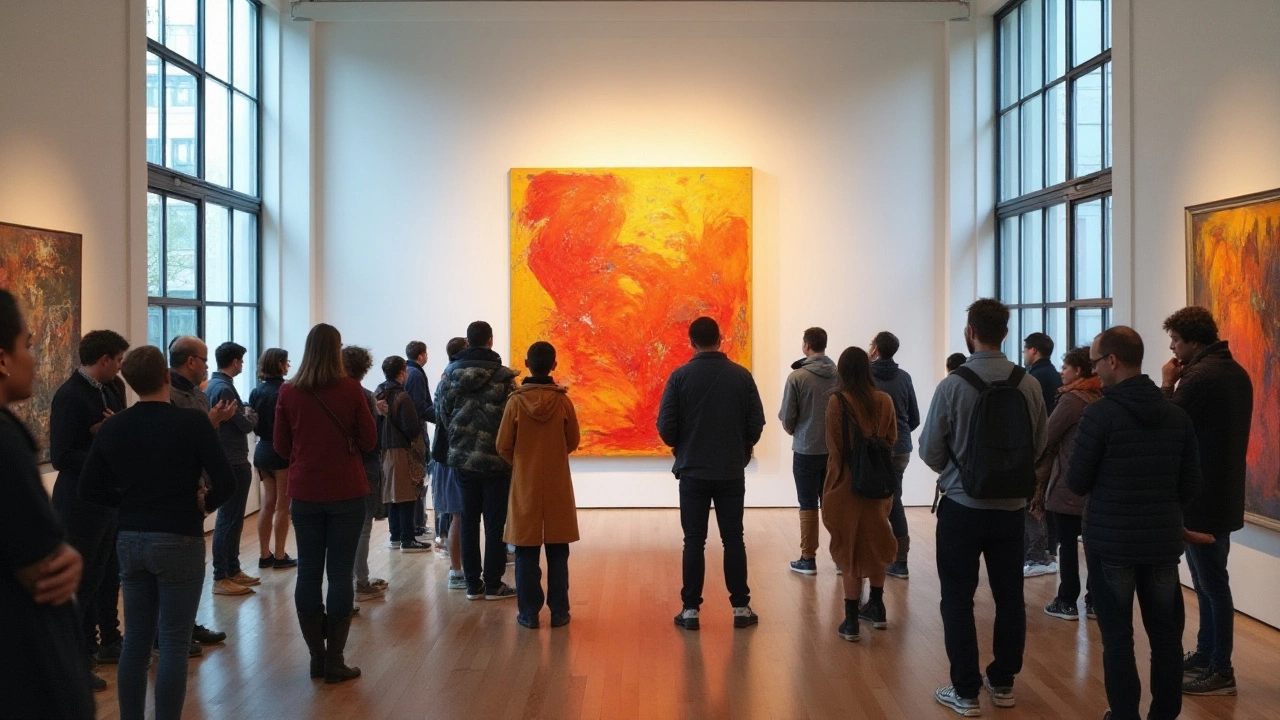
Abstract art captivates audiences by transcending the boundaries of traditional realism and offering a unique form of creative expression. By engaging the viewer's imagination and emotions, abstract pieces invite personal interpretation, making each observer's experience distinct. The allure of abstract art lies in its ability to evoke feelings and provoke thought without concrete representation, allowing people to connect with art on a deeply personal level. This article delves into the reasons behind the attraction to abstract art and provides insights into this intriguing form of artistic expression.
